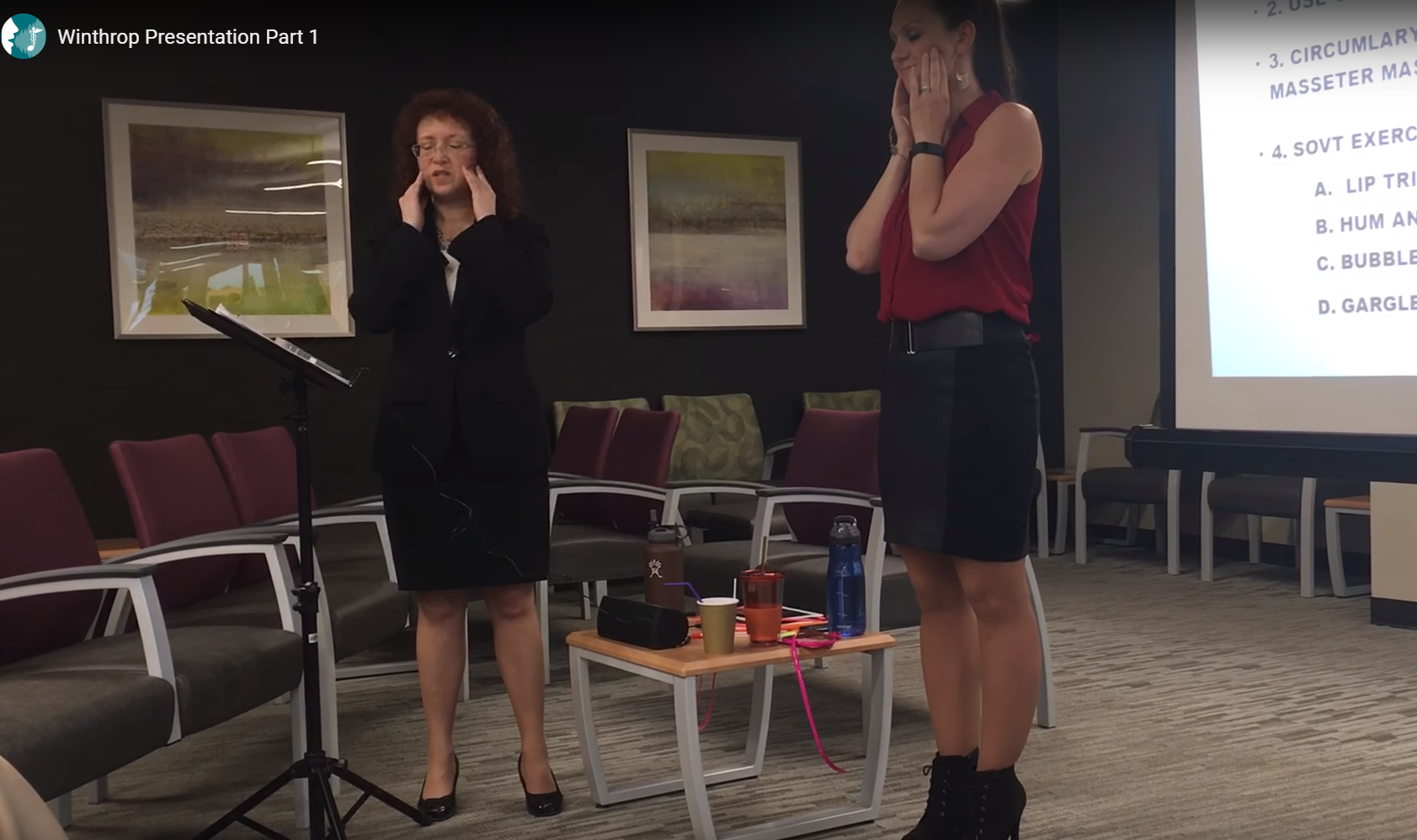Reduce the Effects of Stress on Your Voice
Who, in this day and age, does not experience some form of stress? Pressures at work, financial woes, raising children or caring for elderly parents, even the upkeep of your house… all of these issues contribute to what seems like non-stop stress. Many of us turn to remedies to reduce this stress: workouts at the gym, meditation, even visiting a psychologist or using medication.
We know that stress can directly affect our physical well-being, not to mention our mental and emotional functioning. Entire marketing campaigns have been built around treating tension headaches, insomnia, stress-induced backaches, digestive ills, and the like. But how many of us realize that stress can affect the voice? Tension and stress can cause hoarseness, breaks in the voice, throat pain or tightness, even partial or total loss of voice at times.
How can we reduce the effects of stress on the voice, without the expense of psychotherapy or the side effects of medication? The theory behind treatment is as follows: stress increases muscle tension, which in turn increases vocal symptoms. If you can reduce the muscle tension through direct hands-on techniques, you can reduce the vocal symptoms. A voice therapist can teach you highly effective exercises which will reduce the effects of stress on the voice. These include massage and manipulation techniques, myofascial release techniques, and stretching exercises for the throat, jaw, tongue, neck, shoulders, upper back, and upper chest, as well as deep breathing exercises. (Of course, for more serious musculoskeletal injuries, or chronic debilitating pain, we are big advocates of physical therapy, massage therapy, myofascial release therapy, active muscle release therapy, and acupuncture from qualified professionals outside our office. We are happy to make those referrals for you. If you find that stress is causing anxiety or depression which interfere with quality of life, we can also refer you to qualified psychotherapists).
In this short video clip from her recent presentation at Winthrop Hospital Grand Rounds in Otolaryngology, Karen Sussman, M.A., CCC, Director, Voice Therapist, and Singing Instructor at Professional Voice Care Center, demonstrates techniques for reducing musculoskeletal tension in the larynx, tongue, and jaw. We use a procedure called “circumlaryngeal massage” explained in great detail in Dr. Arnold E. Aronson’s book, Clinical Voice Disorders: An Interdisciplinary Approach (Thieme-Stratton Inc., NY, 1980).
Your voice therapist will guide you on the specifics of circumlaryngeal massage. Here’s a brief overview of what you’ll see in the video. First, we locate the top of the thyroid cartilage (the “Adam’s apple”). We begin our circular, deep-muscle massage just above the center of the Adam’s apple. We then continue these circular massage motions around the top of the larynx (the “voice box”), as if we were encircling the top of the throat with the thumb and fingers. When we reach the large muscles on either side of the neck, we then continue the massage down the sides of the throat, in front of those muscles, for just a couple of inches. (Below that is your trachea [the “windpipe”], and we certainly don’t want to massage or squeeze that!) Finally, with a slight, ever-so-gentle wiggle, we ease the larynx downward toward the chest just a bit.
In the video clip from Ms. Sussman’s Winthrop Hospital presentation, in addition to the circumlaryngeal massage, you will see some techniques to relax the jaw and the underside of the tongue. There’s an inter-relationship between the muscles of the larynx, tongue, and jaw. In fact, the base of the tongue attaches to the same bone that the larynx hangs from, the hyoid bone. So, as we tell our clients, when there’s tension in the tongue, it causes tension in the larynx. A similar relationship exists between the larynx and the jaw. There are muscular attachments between the hyoid bone and the mandible (the lower jaw). It seems as if for speakers and singers, there are sources of tension everywhere! So try the techniques presented in the video, or contact our office so we can address your specific areas of tension.
You’ll also see a simple technique to improve breathing, using a belt around the midsection of the body for feedback. It’s true that good breath control is essential for healthy speaking and singing without tension, but did you know that the use of abdominal/diaphragmatic breathing can reduce stress and promote better sleep? There are even more benefits to this type of breathing… which we will be addressing in a blog post coming soon! For now, watch the video clip, and start RELAXING!






